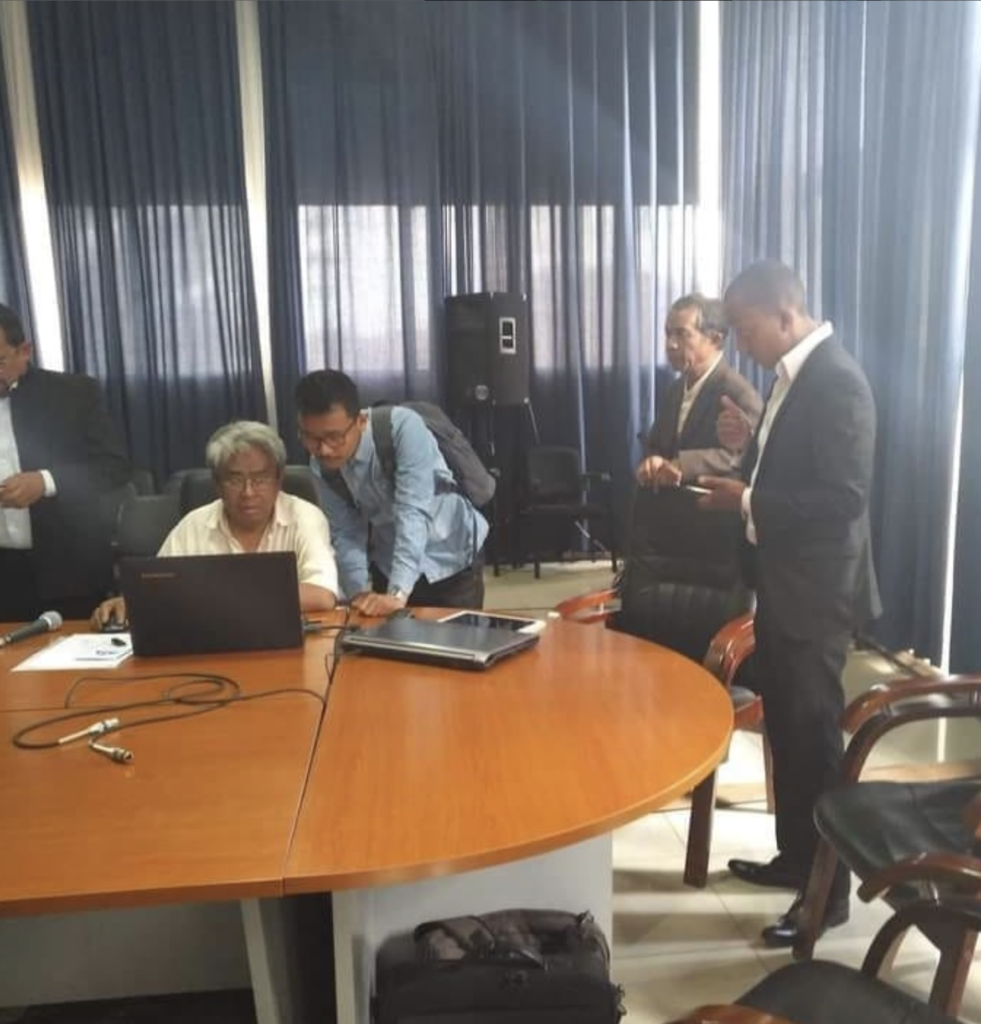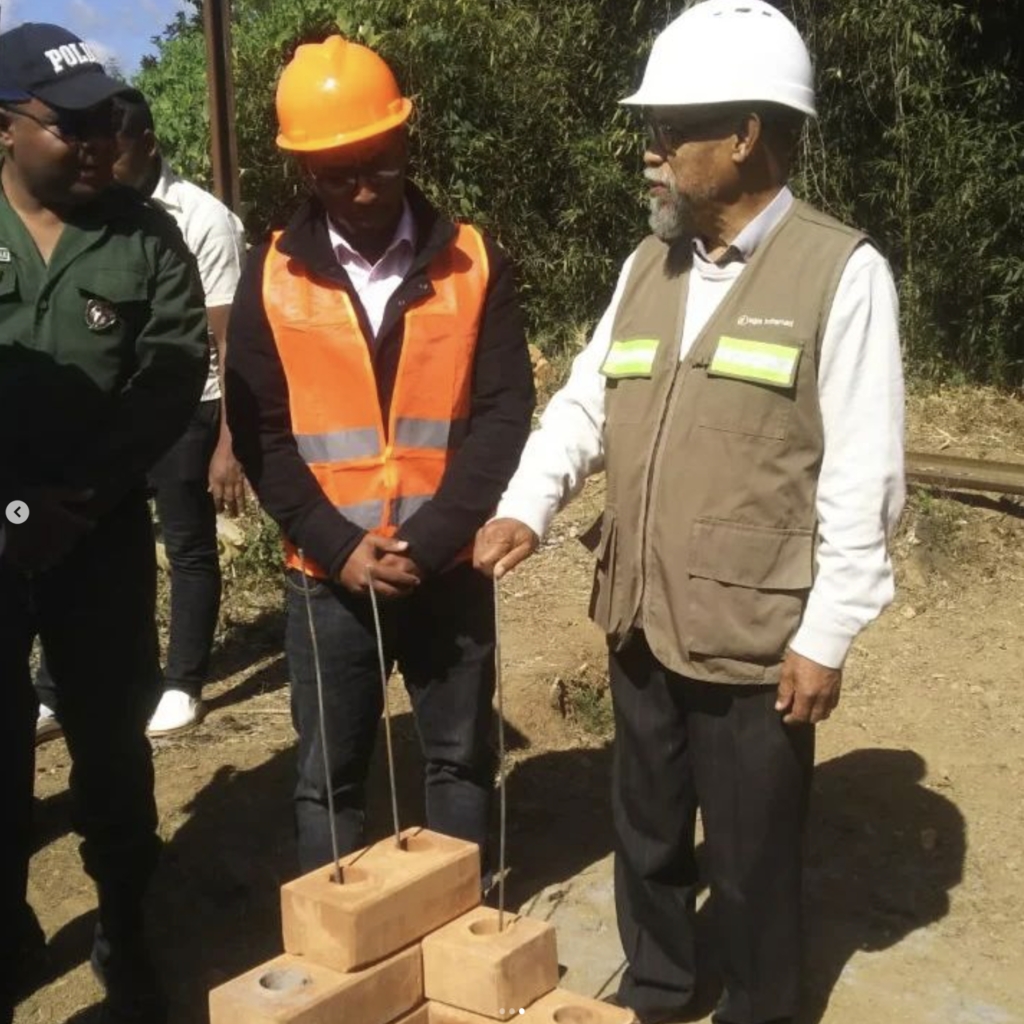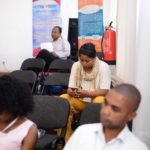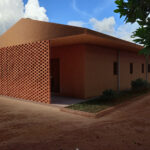
#Madagascar
Episode #2 starts at the same time as Episode #1. We were knee-deep and mentally sinked inside the Covid-19 lockdowns crisis and at the same time we had to keep working. In Mahamasina, of course, we were already going remote since 2017. a concept some of our new collaborators haven’t really embraced or at the opposite some more ancient ones didn’t quite fully adopted so we experienced a crazy rate of turnovers. This looks very bad in terms of work flow and also organizational “spirit”. While we were trying to explore more and more towards new/old ways of innovative building which implicate a very intense involvement from everyone at Trano, people were jumping ship month after month. So yes Episode #2 started at the same time as Episode #1.

Trainings to learn to build with sustainable materials require from everyone inside the team to really get into the meaning of building. How to start ? When to deliver? Of course it implies the Architect in charge should know her stuff. In my case, although I was teaching a pretty fun Wood Architecture class for 3-year to be engineers, I knew nothing of where to source materials, who were able to use them on site and more importantly how to make clients impose it on their project. As usual, everybody around us were promoting a very politically correct speech sugar-coated by greenwashing and how little the government, the people, the crowd, the masons are doing to help build more ecological-friendly buildings.

So our team, the happy fews that remained, were exploring. and we were doing so by meeting the most experts we knew in Madagascar, the associations, NGOs, architects, technicians, researchers, academicians, anyone. We also surveyed every books and thesis published around the topics from earth to wood back to clay and going bamboo. It is amazing how much knowledge is available in Madagascar since the independance and I have to point that the early 1970s were the summum the paroxysm of experiments and researches and innovations in the field of green building all over the country. Industries were booming and everyone was competing to build the faster, the cheaper, maybe not the better, but the most affordable climate and economically-wise.

We were participating in few seminars and one thing led to another we end up collaborating with experts to help write down the very first stabilized earth-block norm. It was a rewarding experience not only because of the irremediably positive outputs. It was going to impact on the building sector. Of course things went slow afterwards, very slow, since the decrete is not yet published waiting for politics to validate the text. But the norms are already out there doing their Magic. We as a firm are true believers in standards, règles de l’art et best practices. So logically we moved forward in tickering our cahier de charges. ARMP specifications documents all inspired by French practices with zero acknowledgement that said-project might take place at the furtherest location possible from regulators or basic common sense. Since we won all commissions going through the legit Public Procurement process, we had to use the same tools but better.


Our efforts really took forms when NGOs and humanitarian associations relayed our concerns about the use of cement-block in anything and nothing at the same time not just limiting to paracyclonic elements in the back country. on how much the fokontany people could gain more with what they already have in hands and on the grounds with a little push from our expertise. Few months after, we had the same speech with big deciders on big foreign institutions projects and we wanted to influence them to adhere to our new religion. What about building the better way for Malagasy people ? I sound all mystical but as a feverish Kenneth Follet reader I knew we had to speak this jargon and aim to the spirit. Money of course was the clef de voûte in this Crusade. We also didn’t back down on this front. How come you dedicate X to VMC while you can keep interior temperature at 18°C low for a room full of computers in the middle of summer in Manakara with green materials and natural ventilation. (we lost this battle by the way). But all went well for this milestone event when our client in Vakinankaratra decided to buy a Stabilized Earth-Block machine and then this other one when made the same decision too. and so on.

We were building ourselves to elevate cathedrals in villages. and from many experiences we had for the past 3 years : it really took a village.

We were travelling tirelessly from Tulear to Bongolava from Antsirabe while we felt like we didn’t have to lose our foothold in the City. Antananarivo was a a citadel during the medieval era, we never left this era. Construction permits were still tough to get but what Rado did with this the 100% green conception of this big institution HQ in Alarobia was a Masterclass ! He will not admit it but the way he painstackingly met and worked with each departments of the process of instruction is something admirable but totally normal by our ethics standards. When others think such document should be awarded to them just because of … well… status…go figure….our team just went with the regulations and the procedures. simple. humble. yet efficient. that is the TRANO way.



















